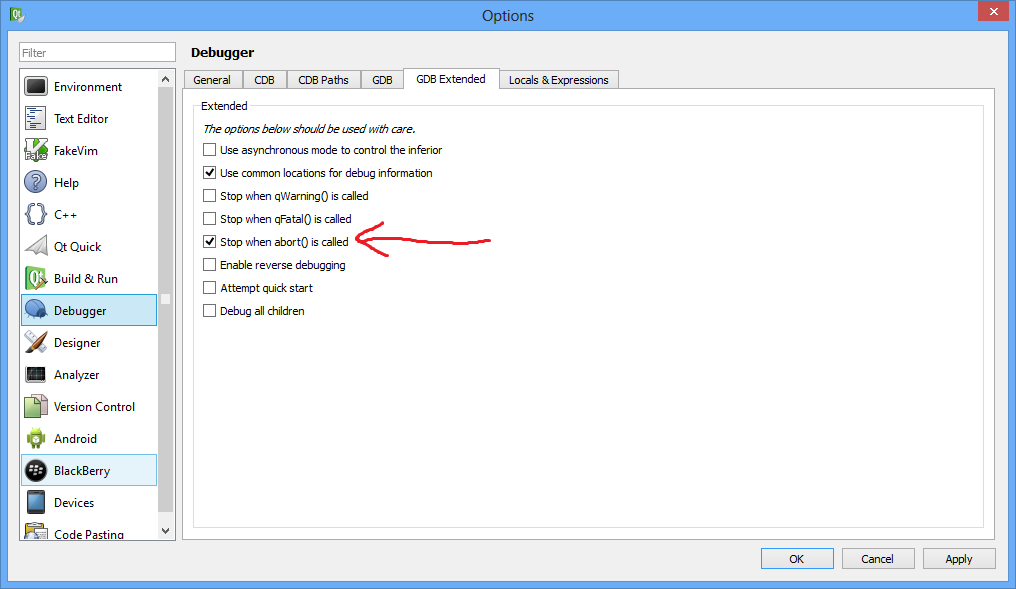
Cross your fingers and press the Run button (bottom left of Qt Creator)!.Make sure that Generator is set to "MinGW Generator (Desktop Qt 5.6.x MinGW 32bit)",.You should see "Run CMake" in the window,.If you chose not to add CMake to the system PATH, tell Qt Creator where you installed it,.Read the instructions that just popped up about a build location and choose one,.Navigate to the MultiMC5 source folder you cloned and choose CMakeLists.txt,.

If you don't choose to do this, remember where you installed CMake.It's easiest if you choose to add CMake to the PATH for all users,.If you do this you'll need to add that directory (the default being C:\OpenSSL-Win32\bin) to your PATH system variable (Google how to do this, or use this guide for Java: ).It's best to choose the option to copy OpenSSL DLLs to the /bin directory.Double check the install details and then click "Install".Choose the components you want to install.Choose a place to install Qt (C:\Qt is the default),.

Put it somewhere on the PATH, so that it is accessible from the console. For normal development, the custom build is not necessary though.

Loading the project in Qt Creator (optional) Installation can take a very long time, go grab a cup of tea or something and let it work.Double check the install details and then click "Install".Other components are selected by default, you can untick them if you don't need them.Choose the components you want to install.Installing Qt using the installer (optional) You can use IDEs like KDevelop or QtCreator to open the CMake project if you want to work on the code. # build & install (use -j with the number of cores your CPU has)


 0 kommentar(er)
0 kommentar(er)
